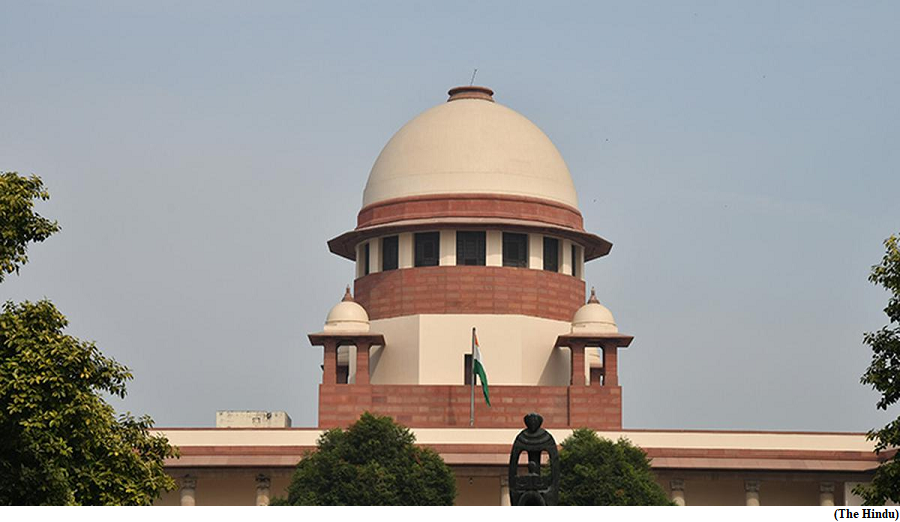Marriage for all, even if for a few (GS Paper 2, Social Justice)

Context:
- Recently, the Supreme Court began hearing the case for marriage equality within the ambit of the Special Marriage Act.
- A Bar Council of India resolution recently quoted a dubious survey on 99% of Indians being against marriage equality while more sober commentators argue that the society is not ready for what the petitioners seek.
Securing more rights and visibility for a vast majority:
- In parliamentary debate minutes (LS Debates 1954), former Member of Parliament, Vijaya Lakshmi Pandit, features as one of the Bill’s proponents. She predicted that the law would not have many immediate takers but that an emancipated next generation would demand the right to choose their partners.
- She conceived the civil union law as a calculated, rational decision where a freedom wilfully granted is better than a freedom that is ‘taken’. Like other women representatives, she also believed that the proposed law could improve the lives of women.
- Despite some powerful backers, there was a perception among at least sections of the two Houses that allowing citizens to marry anyone of their choice could potentially lead to a collapse of society and civilisation.
- The Bill’s divorce provisions, in particular, had raised fears of a proliferation of sexual desires; the question of queer unions was also briefly touched upon, with homophobic remarks
- Former President, Dr. Rajendra Prasad, had bitterly opposed the Hindu Code Bill in his private correspondence with Jawaharlal Nehru because he believed that the measure was forcing something on a vast majority, because some people considered it a right.
Legal rights of LGBTQI+ community:
- Expanding legal rights to the LGBTQI+ community is not directly relevant to those who do not identify as queer and can, in principle, disengage from the debate.
- And yet, as the reactions to the Court proceedings have shown, Indian polity and society still struggle with the idea of marriage reform and individual choice.
- Local and national politics have routinely witnessed campaigns against inter-caste and inter-community couples and the need for social sanction often triumphs the rights afforded under the Act through a bureaucracy that has become a reflection of social morality.
- However, as with the issue of the so-called love jihad campaigns, conversations emerging from the marriage equality case have spread awareness of the law and its unfortunate provisions, including the publication of a notice period that violates citizens’ right to privacy.
Vigilante groups:
- Where the bureaucracy fails, vigilante groups have been empowered to prevent unions using extra-judicial methods and queer couples may, unfortunately, also face a similar predicament in future.
- Apart from violence and intimidation, the control of non-state entities is exercised simply by withholding recognition for heterosexual and queer couples alike and legal sanction, however inadequate, may offer at least some relief.
Way Forward:
- After almost 70 years, the Special Marriage Act still has fewer takers due to political campaigns, bureaucratic overreach and the general misconception that it only caters to inter-religious couples.
- Social transformations are not easy and laws, in a vacuum, are unlikely to disrupt the lives of ‘vast majorities’.
- Some citizens may not be prepared for marriage equality, just as some are not open to inter-caste and inter-community marriages but, the law should hold out more potential than the public imagination allows for and should be aimed at improving the lives of the more marginalised.
- Affording rights to a sexual minority reaffirms the rights of the citizenry as a whole.


